
Hearing impairment, also referred to as hearing loss, deafness, or hard-of-hearing, is a condition manifesting through one's inability to hear some or all sound frequencies. This commonly takes place due to certain problems in the ear. Statistically, with every 1,000 newborns, there are chances that 3 will suffer from hearing impairment. Hence, this is the most common congenital defect. However, hearing issues can appear later in life too, triggered by various different reasons.The Human Hearing System
The ear in humans consists of three major anatomical parts. All three of these need to work in unison so that you can hear sounds from the world around you. The outer ear, being the visible one located outside the head, collects sounds from the outside and directs them to the middle ear, which is protected by the eardrum. The eardrum, once hit by the sound vibrations, vibrates itself, transferring the sounds further, into the middle ear where three tiny bones amplify the sounds, sending them to the next part afterwards. Once the sound reaches the inner ear, it enters cochlea, being a fluid-filled tunnel lined with thousands of cells and tiny hairs which move, amplify and tune the sound vibrations, sending the collected information to the hearing nerve which delivers the message to the brain so that it can grant us hearing. Therefore, it is a complex process which can be inhibited by even the smallest problems.
Treatment for Child Hearing Loss
If a doctor suspects hearing loss in a baby or a child, he/she may direct the parents to see an audiologist, who is a specialist in this area of medicine. The audiologist will then perform numerous tests which are specifically designed for diagnosing hearing loss in babies and children, suggesting adequate treatment afterwards. Usually, the parents will have to work together with a special team of hearing loss experts, finding the best way of communication, regarding the circumstances.
The treatment itself may depend on the type of hearing loss, the severity of it, the age of the child etc. Surgery, hearing aids, medications, assistive hearing devices and various other methods may be used for helping the child overcome his/her hearing difficulties.
Hearing aids are small devices which amplify the sounds from the outside and allow people with impaired hearing to hear them. However, if these are not enough, cochlear implants may be an option, being tiny electronic devices inserted into the cochlea during a surgical procedure. A cochlear implant performs the task that damaged hairs in the area are unable to do, helping people hear again.
Finally, if the hearing loss remains prevalent and permanent, the parents may need to learn and teach the child alternative ways of communication. Some of these are sign language, lip reading, gestures, facial expression interpretations, cued speech and signed exact English or special technological gadgets which enable deaf people to use phones, watch movies and TV shows and help them in many aspects of their lives.







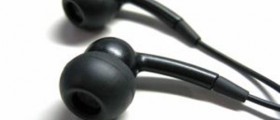


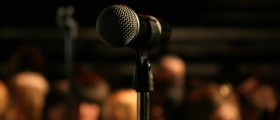
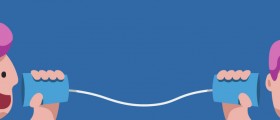

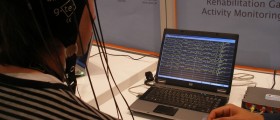
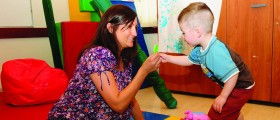
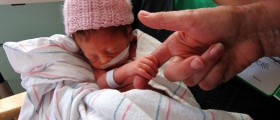

Your thoughts on this
Loading...